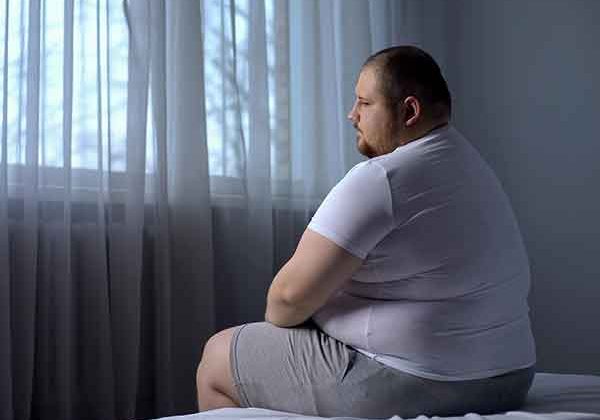The health risks of cancelling daylight saving time
A study by José María Martín-Olalla of the University of Seville has analysed retrospectively and from a physiological perspective the potential consequences of cancelling daylight saving time, the biannual change of clocks.
In his conclusions, he argues that maintaining the same time during all twelve months could lead to an increase in human activity during the early morning in the winter months, with the potential repercussions on human health that this would entail.
The practice of changing clocks has allowed scientists to analyse its influence on various aspects of human physiology and social life. In recent years, many of these studies have highlighted the risks of the practice and have often called for it to be abolished. However, science has not been able to analyse from an experimental perspective what consequences the cancellation of daylight saving time would entail.
To solve this problem, professor Martín-Olalla has conducted a comparison of the daily rhythm of labor and the daily rhythm of sleep/wake in the United Kingdom and Germany. Both countries share a similar latitude and living standards. In the United Kingdom, daylight saving time has been in force since 1918. In contrast, Germany did not apply daylight saving time between the end of World War II and 1980.
The comparison shows that Germany starts its day a half hour ahead of the UK. The highlight is that, in the United Kingdom, the start of activity aligns exactly with the time winter sunrise, while more human activity is observed before that time in Germany.
Martín-Olalla explains that, among other social factors and preferences, the continued practice of daylight saving time in the United Kingdom has helped to maintain this alignment, which is optimal from the chronological point of view. In Germany, the absence of daylight saving time for 30 years helped to move human activity to earlier in the day, as its summer dawn was an hour earlier than in the United Kingdom, apparently. In winter, this earlier start to the day led to human activity in the early morning and has persisted thanks to the increasing use of artificial light.
This factor should be taken into account in the balance of risks of seasonal daylight saving time. Whereas the British have been exposed to a change of time and its associated risks two days of the year, the Germans have faced starting their daily activity in the dark morning hours for three months of the year, with the risks that this entails.
The same results were found when American daily rhythms were tested against German daily rhythms. The major cities of United States also practiced daylight saving time since early 20th century.
Extrapolated to our times, the researcher at the University of Seville argues that, if winter time were used throughout the year, more sectors of the population would again be willing to start work earlier in spring-summer: if dawn appears to come earlier, more people will be ready to go to work earlier. If this preference persisted it would lead to increased early morning activity in winter, which is not optimal from a physiological point of view.
The author of the study finally points out that, in intermediate latitudes, no alternative is free of the risks that the seasons induce in modern societies whose social life is governed by schedules, and that daylight saving time is effective in aligning the beginning the working day with sunrise, regulating human activity in line with the seasons in a similar way to times gone by.
Professor Martín-Olalla’s paper, entitled ‘A chronobiological evaluation of the risks of cancelling daylight saving time’, has been published in the journal Chronobiology International. He previously published six other research papers in journals such as Current Biology, Scientific Reports and European Journal of Internal Medicine that specifically analyse the adaptation of modern human activity to the seasonal cycle of light and dark including the role that daylight saving time plays in this problem.
Source: University of Seville
Full bibliographic information
José María Martín-Olalla (2021) A chronobiological evaluation of the risks of canceling daylight saving time, Chronobiology International, DOI: 10.1080/07420528.2021.1963760
26/10/2021 University of Seville





